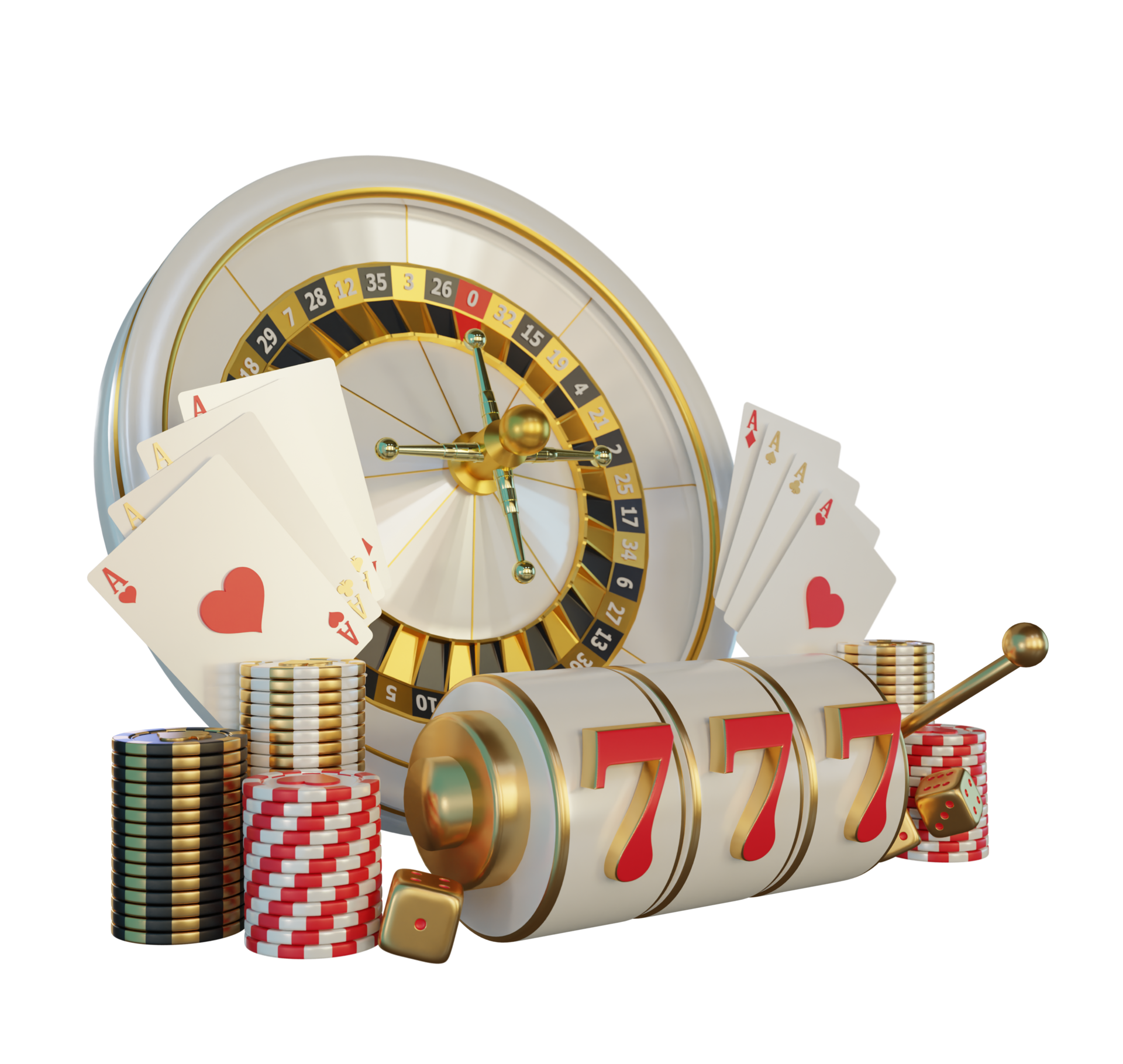Comprehending Return to Player within Slots
admin
- 0
When it comes to slot games, players frequently get captivated by the bright lights, exciting themes, and the thrill of turning the reels. But beyond the sparkle and excitement lies an important concept that all players must grasp: Return to Player, or RTP. This vital metric holds great importance in determining how much of your wagered money will return to you over time, affecting your gameplay and strategy as you play.
RTP is usually expressed as a percent and indicates the mean amount of funds returned to players compared to the cumulative wagers. For instance, if a slot game has an RTP of ninety-five percent, it means that, on average, players can expect to get back 95 dollars for every 100 dollars wagered. Understanding this concept can enable players to make better choices when deciding on slots to spin, ultimately improving their overall casino experience.
What is the definition of RTP?
RTP, also known as RTP, is an important element within slot machine games. It indicates the fraction of total wagered amounts that a particular slot machine is designed to refund to players through its operation. For example, if a specific slot has an RTP of 95%, this means that, in theory, players are likely to get back ninety-five dollars for every $100 wagered during extended play. Knowing RTP aids players evaluate the possible gains of various slot games.
RTP does not serve as a guarantee of personal wins but instead it is a average determined throughout many spins. Players’ experience might be different significantly as a result of the chance inherent in the games. A greater RTP suggests superior odds for the player, making it a key aspect to consider when picking the slots to play. Still, even with high RTP, there can be stretches in which players face losses, since randomness plays a significant role.
It is important to note that different slots have diverse RTP percentages. Some machines might feature a smaller RTP because of a high level of fun or unique features, while others hold a higher percentage to draw in more cautious players. Recognizing RTP enables players to form informed decisions about their play strategies and oversee their funds wisely while experiencing the adrenaline of casino slots games.
The Way RTP is Calculated

A RTP, also known as RTP, is a key metric within the world pertaining to casino slot machine titles. It represents the ratio of total bet money which a gaming device is expected to return to players in the long run. Understanding how RTP is derived demands insight of both the game’s architecture as well as its payout system. The return value is calculated via intricate calculations as well as statistical analyses executed in the course of the game creation phase. Game creators take into account various factors, which include the rate of winning combinations as well as the magnitude of payouts for each outcome.
To compute RTP, the creators model a vast quantity of spins of the game. Such modeling efforts aid identify the average amount that typically, a gambler is likely to earn according to their wagers. For example, if a slot game has an average return of 95%, this means that, in theory, for every one hundred dollars wagered, gamblers should anticipate get ninety-five bucks back over time. This figure doesn’t represent the amount a gambler might receive during a single play or during a couple of spins; instead, it shows overall return projections.
The values of RTP are usually released by the gaming house and game developer. Gamblers should always seek out this information while selecting a slot game, as it has the potential to affect their overall enjoyment. A higher return value typically means a better probability to recoup a portion of bets, although specific plays may differ considerably. Understanding this concept can help gamblers make informed decisions and enhance their overall experience within the world of slot games.
Significance of Return to Player in Gaming
Comprehending the Return to Player or RTP is important for any player involved in gambling on slots. Return to Player represents the proportion of wagered money that a slot machine is engineered to return to players over the long run. A higher Return to Player means that gamers can expect receiving a larger share of their bets back, making it an significant factor for those seeking to maximize their play experience. Knowing this figure helps players make informed decisions about which slots to play, as it can greatly affect their potential winnings.
Furthermore, RTP has a key role in the overall fairness and transparency of slot games. Gamers are often drawn to slots with higher RTP percentages because they provide a better chance of winning over the long term. Gaming establishments and software creators use RTP as a selling point to attract gamers, guaranteeing they maintain a lead in the thriving gaming industry. By being aware of Return to Player, gamers can choose slots that match with their risk tolerance and gaming goals.
Finally, the concept of Return to Player promotes responsible gambling behavior. Recognizing that not all games will provide short-term winnings and that RTP is based on long-term play, gamers can regulate their anticipations and gambling behavior effectively. This knowledge enhances the enjoyment of casino slots while promoting a more balanced gambling landscape. Players who comprehend the significance of Return to Player are likely to have a better experience and reduce the chances of gambling issues. https://bl555.help/